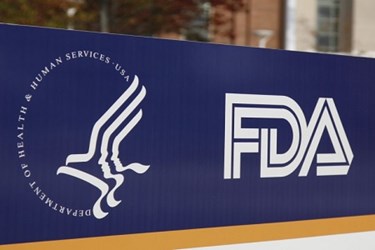FDA Wants To Improve Hospital Medical Device Reporting

By Christine Kern, contributing writer

New cooperative approach aims to correct underreporting of medical device-related adverse events.
The FDA is concerned with boosting the safety of medical devices, and to that end is working with hospitals to improve medical device reporting. A recent FDA blog post revealed inspections at 17 different hospitals found widespread underreporting of medical device-related events, findings that are concerning to FDA officials.
“Based on the number of user facilities in the United States and the number of reports we receive, we believe that these hospitals are not unique in that there is limited to no reporting to FDA or to the manufacturers at some hospitals,” Becker’s Healthcare quotes Jeffrey Shuren, MD, JD, director of the FDA's Center for Devices and Radiological Health as saying. “We want to work with all hospitals to address these issues.”
The hospitals in the inspections were associated with reports of morellators spreading uterine cancer of infections linked to contaminated duodenoscopes. The FDA found some hospitals failed to submit the requisite adverse event reports to the FDA or device manufacturers, or had no reporting procedures in place covering injuries and deaths.
The issue of contaminated duodenoscopes has become a serious one, with Olympus pledging to redesign their scopes after they were associated with superbug infections leading to illness or death in patients, as Health IT Outcomes reported.
The FDA has been serious in its efforts to track medical device use and in particular to notify those affected by malfunctions and defects in medical devices. In 2014, the FDA introduced required electronic submission of device failing reports to help expedite the process.
According to the FDA blog post, “While manufacturers can incorporate controls in the design of a product to help prevent these risks, it is essential that manufacturers also be proactive and on guard for potential vulnerabilities and emerging threats throughout the lifecycle of devices, and be prepared to devise solutions — points made in FDA’s draft guidance on postmarket medical device cybersecurity, issued in January 2016.”
But the FDA cannot do it alone. To that end, it has entered into a partnership with the National Health Information Sharing and Analysis Center (NH-ISAC), and the Medical Device Innovation, Safety, and Security Consortium (MDISS) “to foster rapid sharing of medical device vulnerabilities, threats, and mitigations within the hospital and health care ecosystem. Doing so will help to proactively address cybersecurity threats and vulnerabilities that may impact patient safety.”
It also has begun working directly with hospitals to improve data collection regarding medical devices, including educating stakeholders on how they can participate in the National Evaluation System for health Technology (NEST), and whether or not current reporting requirements should remain, be modified, or eliminated in light of more effective modern tools, such as software tools to conduct active surveillance of electronic health information that contains unique device identifiers.
The FDA has planned a public workshop for Dec. 5, covering ways to enhance hospital-based surveillance, and how hospitals can be used for assessing how well devices perform in clinical settings.
As Shuren said, “Hospitals are our partners in building the infrastructure for NEST. Together we can build a state-of-the-art system that not only quickly identifies life-threatening problems caused by medical devices but also expedites patient access to crucial life-saving devices. Armed with such information, health care providers can help patients make more informed medical decisions that improve their health.”
